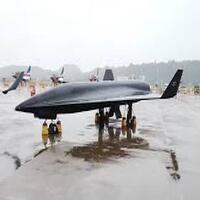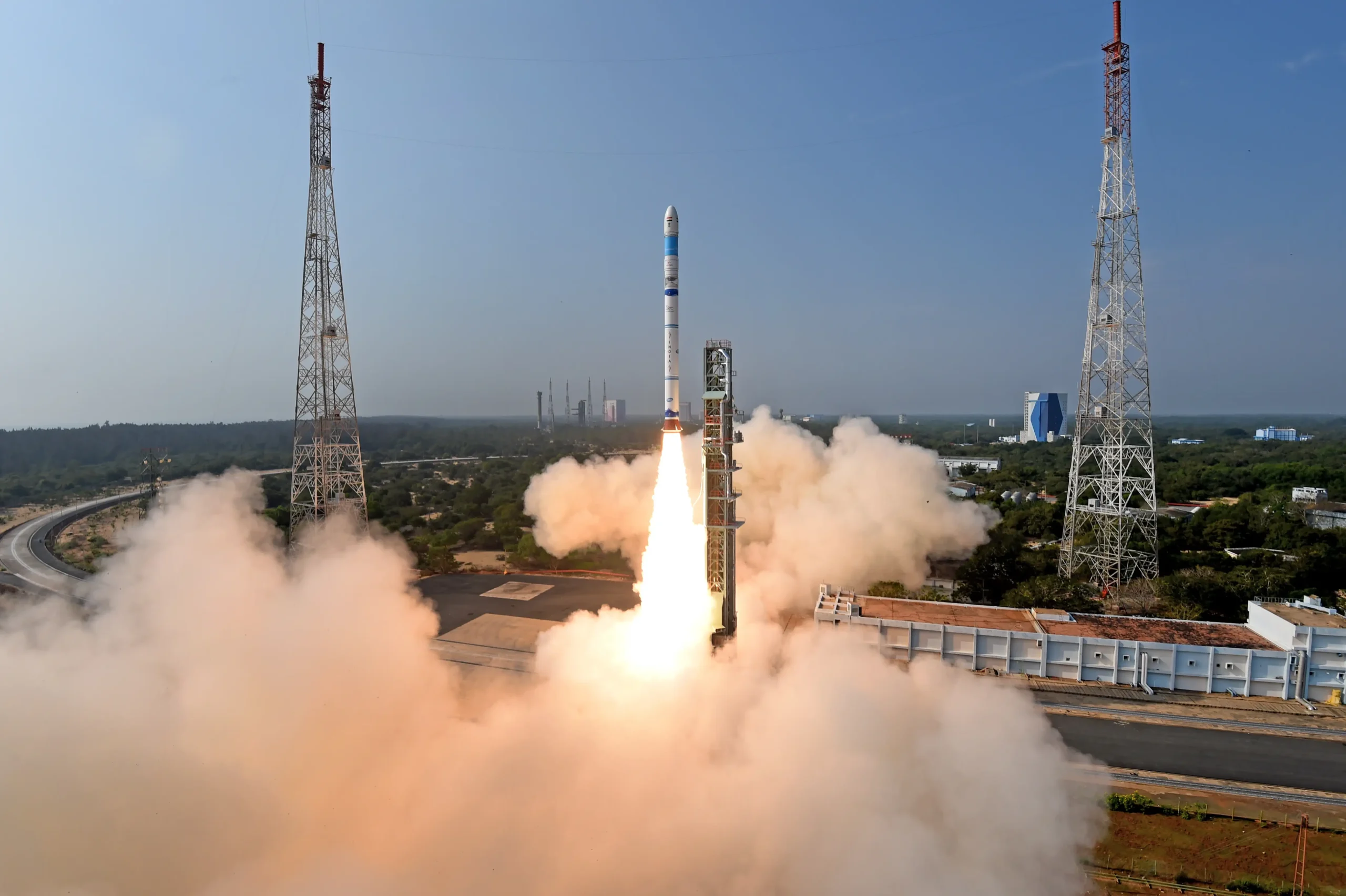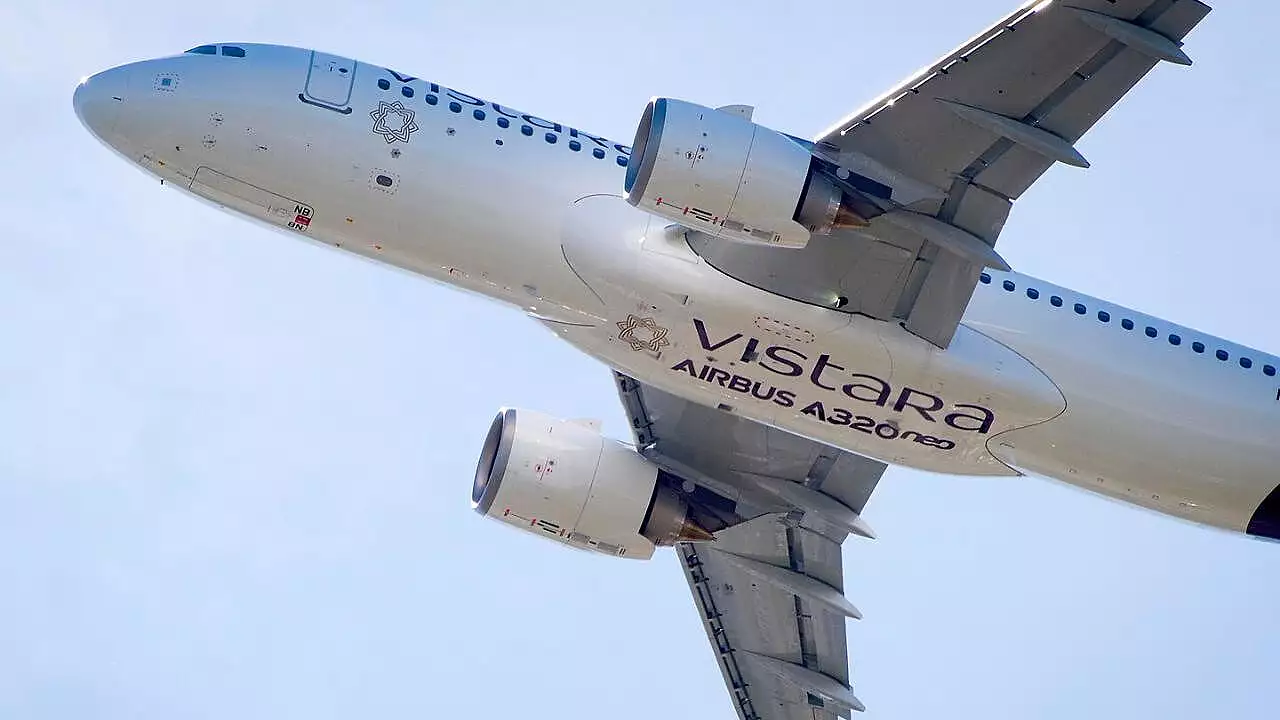
ISRO and NASA Have Selected Indian Gaganyaan Astronauts for the ISS Mission
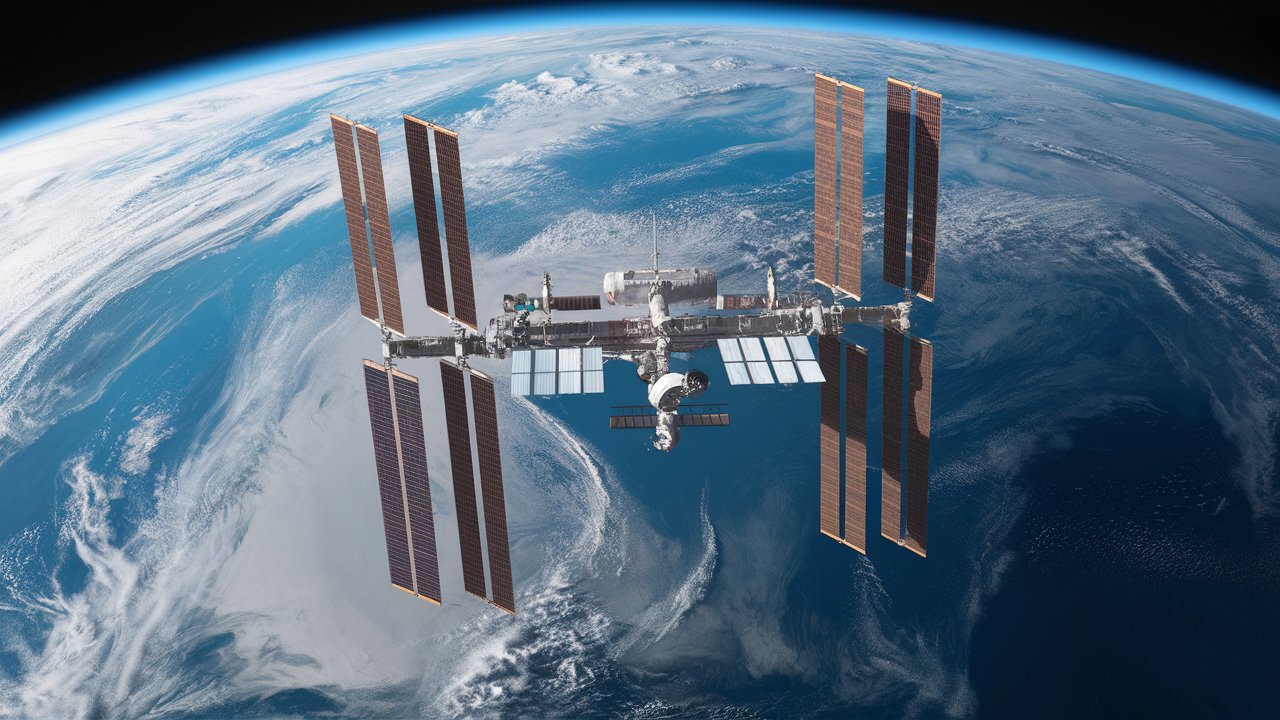
Two Indian astronauts have been chosen by ISRO and NASA for a mission to the International Space Station (ISS), marking a significant advancement for India’s space exploration goals. This momentous occasion elevates India’s standing internationally and represents a major turning point in the country’s space program. These astronauts were chosen as part of India’s ambitious Gaganyaan mission, which highlights the country’s developing space exploration capabilities and international collaboration.
The Indian Space Research Organization (ISRO) has chosen two out of its four well-prepared Gaganyaan astronauts to participate in a collaborative mission with the United States’ NASA to the International Space Station (ISS) scheduled for later this year, as per knowledgeable sources. One astronaut from the selected pair will have the opportunity to embark on this mission, which, as per details provided on the NASA website, is set to occur not before October 2024. This upcoming mission timeframe aligns with the information available on the NASA website, indicating a targeted initiation date no sooner than October 2024.
The Axiom-4 mission, which will transport Indian astronauts to the International Space Station, is the fourth private astronaut project organized by NASA and the private American corporation Axiom Space. This mission, which is scheduled to rendezvous with the ISS for fourteen days, is significant in terms of space exploration. Following the announcement of the Axiom-4 mission last year, NASA stated in a statement: “The Ax-4 crew members will participate in rigorous training sessions alongside NASA, international collaborators, and SpaceX to ensure their readiness for their upcoming voyage.” Axiom Space has selected SpaceX as the launch provider in charge of handling the route to and from the space station. This alliance attempts to familiarize private astronauts with the sophisticated systems, protocols and emergency protocols associated with the “Dragon Spacecraft”
The Gaganyaan Mission’s History
The Indian Space Research Organization (ISRO) launched the Gaganyaan mission with the goal of showcasing India’s capacity to launch humans into space. Launched in 2018, Gaganyaan is India’s first human space mission, intended to safely return Indian astronauts, or “vyomanauts,” to Earth from a low Earth orbit. India’s space technological breakthroughs and its aspiration to become one of the select few countries with the capability of human spaceflight are demonstrated by this mission.
Training and the Selection Process
Thorough training and assessment preceded the selection process for an ISS mission. Candidates had to pass a rigorous selection procedure that included extensive psychological and physical testing to make sure they could handle the harsh conditions of space flight. They received training that included exercises in zero gravity, exposure to high-stress situations, and simulations to get them ready for the difficulties of living and working in space.
The Russian space agency Roscosmos and ISRO worked together to give the astronauts their initial training. Through this collaboration, the Indian astronauts were able to acquire significant expertise in operating spacecraft, carrying out scientific investigations, and going on spacewalks. The astronauts’ training was enhanced by visits to NASA’s Johnson Space Center, where they refined their knowledge of advanced space technology and systems used aboard the ISS.
International Partnership: ISRO and NASA
An important advancement in international space cooperation is the partnership between ISRO and NASA. In addition to helping the astronauts, this collaboration improves space exploration relations between India and the United States. The chosen astronauts will be a part of a larger program to promote collaboration in space research and technology, allowing both countries to take advantage of their unique advantages.
ISRO’s skills in space research and technology are enhanced by NASA’s experience in human spaceflight and the ISS program. Together, the two agencies want to improve the performance of the mission overall and produce more significant scientific results. This partnership is a glaring example of how international space exploration is, with countries working together to push the limits of human knowledge and capacity.
This program has been under development for quite some time. During Prime Minister Narendra Modi’s visit to the United States last year, India and the United States signed a joint agreement reinforcing NASA’s commitment to providing advanced training to Indian astronauts. Later that year, on his visit to Delhi, NASA Administrator Bill Nelson reaffirmed the agency’s commitment to guiding an Indian astronaut through training for a mission to the International Space Station by the end of 2024.
The Mission’s Significance
India’s space program and ambitions are significantly impacted by the deployment of Indian astronauts on an ISS mission. First of all, it shows India’s increasing expertise in space technology and its preparedness for taking part in challenging international missions. This accomplishment will stimulate creativity and enthusiasm in space sciences among a new generation of Indian scientists and engineers.
Second, this mission demonstrates India’s dedication to supporting international space exploration. The International Space Station (ISS) is a center for scientific research that advances materials science and investigates the effects of microgravity on biological systems. Indian astronauts will contribute to important studies that could result in improvements in environmental science, technology, and medicine by taking part in such missions.
Moreover, this mission sets the stage for other partnerships and missions in the future. ISRO will be better equipped to undertake future human spaceflight missions, including as possible lunar and deep space investigations, thanks to the expertise garnered during the ISS mission. The information and experience gained from this mission will be crucial in determining how India’s space activities are carried out in the future.
Read More: ISRO’s PUSHPAK Spacecraft successfully clears the Third test of the Landing Demonstration
Read More: ISRO to Build India’s Most Powerful Rocket for its Human Mission
The Astronauts: Indian Space Exploration Pioneers
The two astronauts chosen are trailblazers who will take the dreams and ambitions of a whole country into space. Their trip represents a significant turning point for India as a whole as well as for themselves. After years of intense preparation, these astronauts have proven to be incredibly resilient, skilled, and dedicated.
For India, having them on the ISS will be a source of great pride. They will do experiments, carry out scientific research, and take part in maintenance tasks, all of which will support the ISS’s ongoing success. Their efforts will open doors for future Indian astronauts and encourage millions of young Indians to aspire to space-related fields of study and technology.
Challenges and Preparation
There are many obstacles on space missions, and getting to the International Space Station is no different. The chosen astronauts need to get ready for the mental and physical strain of spaceflight. They will receive further training to acquaint them with the unique protocols and systems of the International Space Station. This includes becoming proficient in resource management, emergency response, and life support system operation.
The astronauts will go through rigorous physical conditioning in addition to technical training to make sure they are in top physical condition for the mission. Astronauts must follow a rigorous exercise program while on the International Space Station (ISS) due to the negative effects of microgravity on the human body, including muscle atrophy and decreased bone density. It is similarly necessary to prepare psychologically because living in small quarters for long periods of time can be extremely taxing. Throughout the journey, the astronauts will have assistance in managing their stress and preserving their mental health.
Contributions and Experiments in Science
Doing scientific research that is not possible on Earth is one of the main goals of the ISS mission. The Indian astronauts will take part in a range of studies that advance our knowledge of space and how it affects various systems. These experiments are conducted in several fields, such as materials science, biology, physics, and Earth observation.
For example, they could investigate how human cells and tissues are affected by microgravity, which can shed light on illnesses and the aging process. They might also carry out research to create new materials with special qualities that can only be found in space. Earth observation experiments will support international efforts in climate science and catastrophe management by monitoring environmental changes and natural disasters.
The international scientific community will receive access to the data and results of these trials, which will foster innovation and advance our collective understanding. Indian astronauts’ involvement in these tests will demonstrate India’s scientific prowess and dedication to furthering space exploration for the good of humanity.
Prospects and Effects for the Future
India’s space program and future aspirations will be greatly impacted by the triumphant conclusion of this ISS mission. It will open the door for more audacious missions and solidify ISRO’s standing as a premier space agency. This project will provide priceless experience for future human spaceflight endeavors, including as possible lunar trips and interplanetary explorations.
In addition, this mission will promote more international cooperation in space research. India’s involvement in the ISS program serves as a reminder of how crucial international collaboration is to the growth of science and technology. The cumulative knowledge and experience gained from nations’ continued cooperation will spur innovation and exploration, which will benefit all people.
Other countries will be encouraged to pursue space exploration and support international efforts by the Indian astronauts’ achievements. It supports the notion that space exploration is a common undertaking that unites people from all around the world to further knowledge and advancement.
Conclusion
The historic decision by ISRO and NASA to choose two Indian astronauts for an ISS mission highlights India’s developing space exploration capability. India’s space program has advanced significantly with this mission, demonstrating its capacity to take part in challenging international missions and advance scientific research worldwide. The cooperation between NASA and ISRO serves as a reminder of how crucial international alliances are to the advancement of space science and technology.
Future Indian space missions will benefit from the astronauts’ inspirational visit to the International Space Station (ISS). Their support of international cooperation and their contributions to science will have a long-lasting effect on India’s space program and its goals. This mission will serve as evidence of India’s dedication to expanding human knowledge and capabilities in the last frontier as it pushes the boundaries of space exploration.
